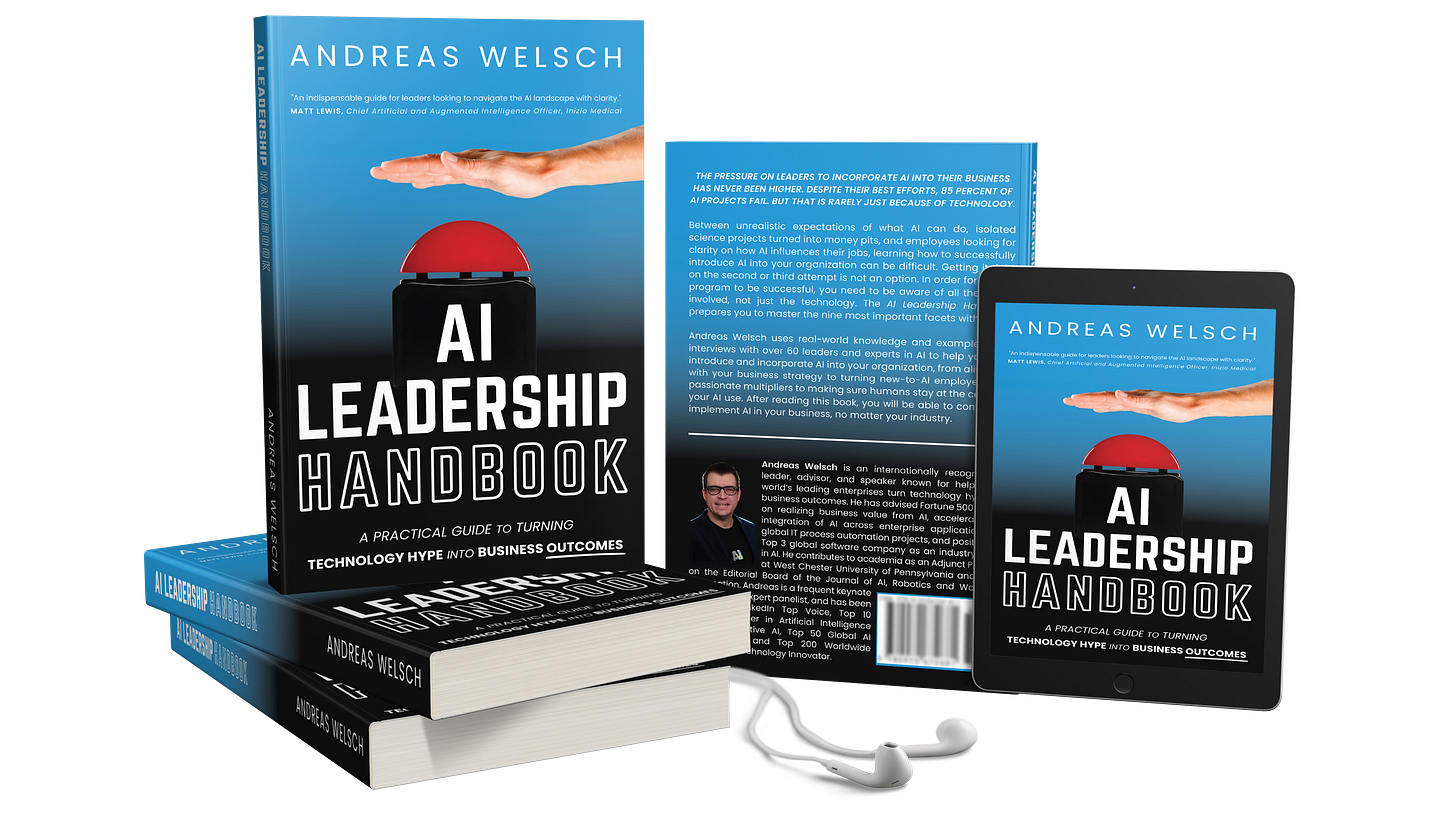Navigating AI: Building Successful Governance Between Tech and Business
Effective Strategies for AI Implementation and Empowering Teams to Drive Innovation
When technologists chase AI for AI’s sake, the business loses. Effective collaboration between technology experts and business stakeholders requires strategies for AI governance, a framework for collaboration between technology and business teams, and fostering employee engagement. But how can you actually do that? Maxim Ioffe, Director Global IA CoE at WESCO, recently shared his perspective on “What’s the BUZZ?”
Building a Unified AI Strategy
To implement AI successfully in any organization, a clear and coherent strategy is essential. It’s not simply about deploying new technologies but developing a mission that informs every aspect of the operation.
Your strategy needs to resonate across all levels of the organization—from the C-suite to frontline employees. This starts with defining what success looks like. Craft a mission statement that aligns AI implementation with corporate values. For instance, if your company values its workforce as its greatest asset, terms like “autonomous enterprise” might conflict with that ethos.
You must also consider how success will be measured beyond traditional metrics like ROI. Developing a process for selecting projects can ensure alignment with strategic objectives and value assessment. A solid strategy lays the groundwork for organizational efficiency, ensuring that everyone understands the objectives of AI use across departments. This clarity will help avoid the traps of fragmented efforts that often lead to one-off experiments rather than a comprehensive program that fosters innovation.
Listen to the Audiobook: AI Leadership Handbook
Andreas Welsch uses real-world knowledge and examples from interviews with over 60 leaders and experts in AI to help you both introduce and incorporate AI into your organization, from aligning it with your business strategy to turning new-to-AI employees into passionate multipliers to making sure humans stay at the center of your AI use. After listening to this audiobook, you will be able to confidently implement AI in your business, no matter your industry.
Ensuring Proper Funding and Resources
Even the best strategy will falter without adequate funding. In addition to obtaining resources, understanding how to align your financial needs with strategic objectives is next. You may have a vision of an extensive AI program, but if budget constraints limit your ambitions, you'll need to recalibrate.
» Strategy without funding is more about dreams than reality. «
— Maxim Ioffe
An effective funding strategy integrates the overall vision while allowing flexibility to pivot as necessary. This is where interdepartmental communication becomes vital. Engage business teams early on as they can help set realistic budget expectations and provide insight into operations that can inform your governance framework.
Empowering Employees Through Education
For any AI initiative to thrive, employees must be informed participants rather than apprehensive bystanders. This starts with a robust educational program, where team members are trained not just on what AI can do but also on the risks and limitations associated with it. It can be beneficial to host regular informational sessions—such as "lunch and learns" or town hall meetings—where employees can learn about ongoing projects, potential applications, and the tangible benefits they stand to gain.
Additionally, encourage employees to identify and voice automation opportunities in their day-to-day tasks. They are the ones who know their workflow best and can spot inefficiencies that technology can solve. By enabling this kind of grassroots engagement, the business fosters a more receptive culture toward AI initiatives, paving the way for collaborative innovation. The key is to create an environment where employees feel safe to bring forward ideas without fear of unrealized expectations.
Summary
To drive AI success within your organization, focus on crafting a coherent strategy, ensuring proper funding, and empowering employees through education. This framework not only eases the implementation process but also bridges the gap between IT and business functions.
Consider integrating these elements into your organization. Start with a clear mission, secure the necessary resources, and create educational initiatives that empower all team members. These steps can help you build a strong foundation for successful AI adoption and innovation.
If you are looking for help to start implementing these strategies in your organization today, book a consultation to develop your AI strategy and workforce upskilling program.
Listen to this episode on the podcast: Apple Podcasts | Other platforms
Explore related articles
Become an AI Leader
Join my bi-weekly live stream and podcast for leaders and hands-on practitioners. Each episode features a different guest who shares their AI journey and actionable insights. Learn from your peers how you can lead artificial intelligence, generative AI, agentic AI, and automation in business with confidence.
Join us live
May 13 - Leah Tharin (B2B Product & Growth Leader) will be on the show to talk about product-led growth of Agentic AI products.
May 28 - Barr Moses (CEO & Co-Founder of Monte Carlo) will provide insights into having reliable data for AI and Agentic AI projects.
Watch the latest episodes or listen to the podcast
Follow me on LinkedIn for daily posts about how you can lead AI in business with confidence. Activate notifications (🔔) and never miss an update.
Together, let’s turn hype into outcome. 👍🏻
—Andreas







